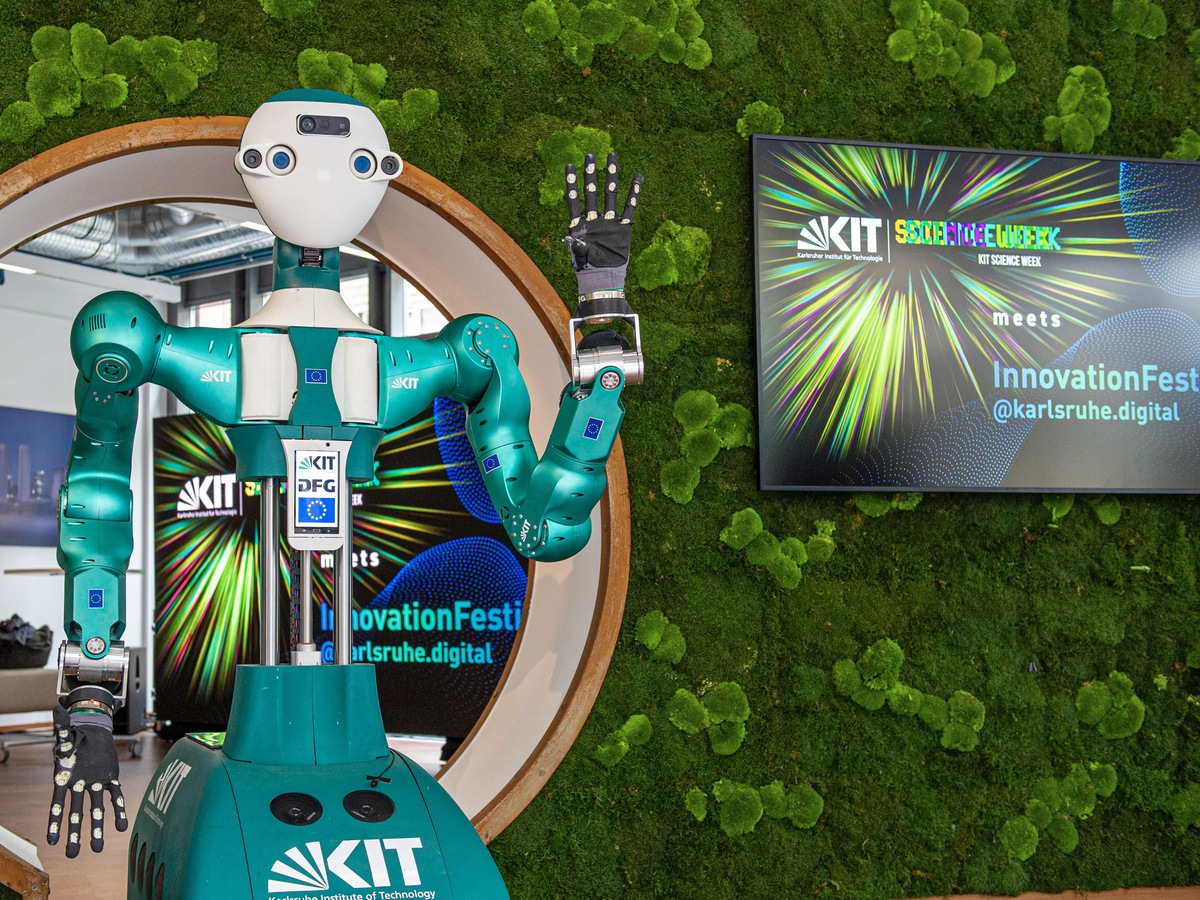Staying young with robots?
Living independently for as long as possible in old age is a scenario that many people wish for. To ensure a good quality of life and support caregivers in an aging society, the use of robotic technologies can play an increasingly important role.
In the “Staying young with robots (JuBot)” project, the Karlsruhe Institute of Technology (KIT) continues its development work in the field of learning humanoid assistance robots (ARMAR) and robot systems that are worn directly on the body, so-called exoskeletons. Both technologies will be further developed and tested to assist older people in coping with everyday life at home. Together with various institutes from computer science to engineering and sports science, ITAS is also involved in the project funded by the Carl Zeiss Foundation.
Anticipating impacts of technology
“The challenges related to such a vision of technology are based on anticipating, on the one hand, technological impacts and, on the other hand, possible ethical, legal, and social aspects of the use of technology,” explains Armin Grunwald, head of ITAS and coordinator of the project work at the institute.
Technology assessment in JuBot will have the task of introducing and reflecting on these aspects at an early stage of robot technology development. It will also be particularly important to include the different perspectives of elderly people, interdisciplinary researchers, experts, and other societal stakeholders as early as possible. (03.12.2021)
Further links:
- Project site Staying young with robots (JuBot) – Versatile assistance robotics for coping with everyday life on the ITAS website
- New generation of robots to support seniors in everyday life – Article on mdr Wissen


